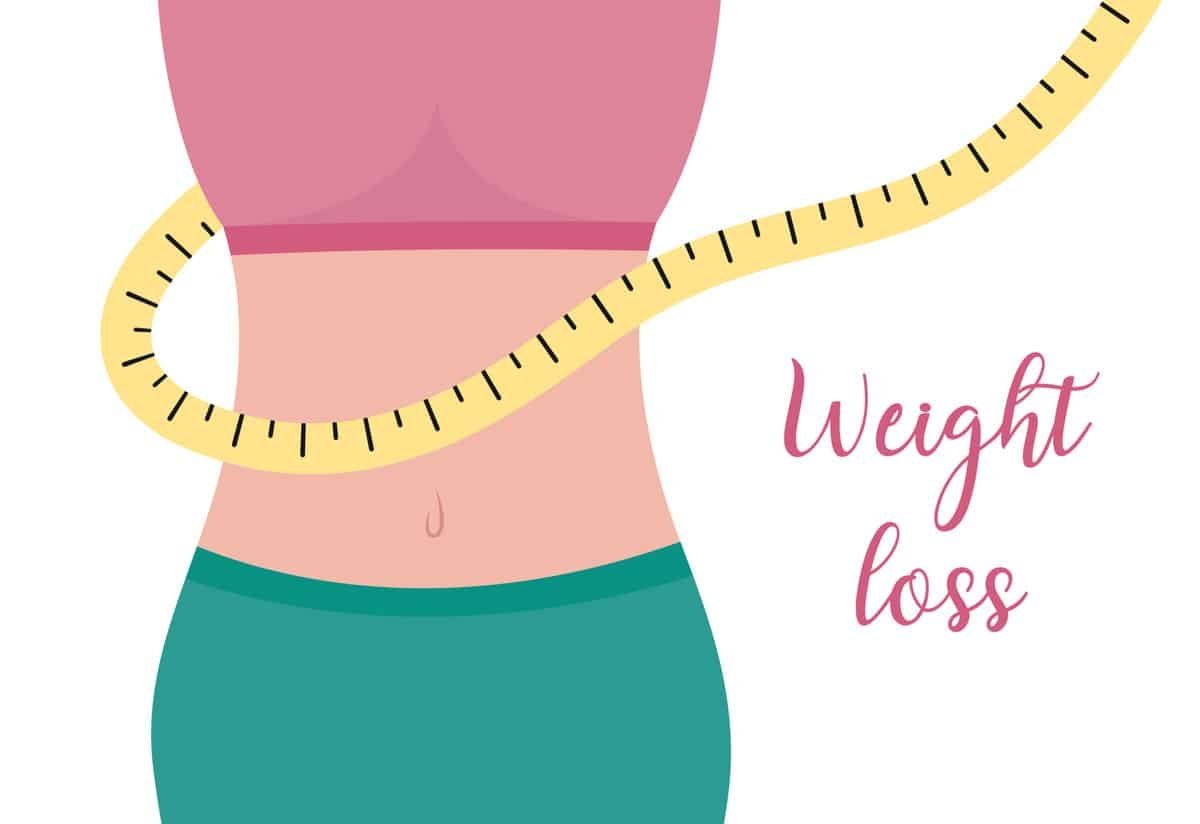In This Article
1. Introduction
Stretch marks, or striae, are those familiar long, narrow streaks on the skin. They appear when our skin stretches quickly due to weight gain, pregnancy, puberty growth spurts, or muscle building. This rapid stretching causes the collagen and elastin in our skin to tear. Stretch marks form as the skin recovers.
Many people worry about stretch marks because they can impact how we see ourselves. Although they’re harmless and usually fade over time, stretch marks can still be a cosmetic concern. It can make us feel self-conscious when they’re in visible areas like the abdomen, thighs, hips, breasts, or upper arms. This can affect our self-esteem and body image, prompting us to look for ways to reduce our appearance.
Understanding Stretch Marks
Before discussing whether men should care about stretch marks, let’s first understand what they are and how they form. Stretch marks start as reddish or purplish lines on the skin and eventually fade to a silvery-white color. They might feel slightly indented or raised.
Stretch marks happen when our skin stretches too quickly for its elastic fibers to keep up, causing small tears in the dermis, the middle layer of our skin. As our body heals these tears, scar tissue forms, creating stretch marks.
What Are Stretch Marks, and Why Do We Get Them?
Stretch marks, or striae, are those long, narrow streaks or lines that appear on our skin when it stretches rapidly, like during sudden growth spurts or weight changes. This rapid stretching tears the middle layer of the skin, allowing the deeper layers to show through. Some common causes include pregnancy, rapid weight changes, puberty, and even certain medical conditions or long-term use of corticosteroids.
Where Do Stretch Marks Usually Show Up?
Stretch marks often appear where we store more fat, such as the abdomen, breasts, hips, buttocks, thighs, and upper arms. They’re ubiquitous on the abdomen during pregnancy as the skin stretches to make room for the growing baby. During growth spurts, teens might notice them on their backs, thighs, and arms.
Societal Perspectives on Stretch Marks
Stretch marks are something almost everyone experiences, no matter their age, gender, or body type. Yet, society often zeroes in on women’s stretch marks, labeling them as a beauty flaw and pushing solutions to erase them.
The Pressure to Have Perfect Skin
From glossy magazine covers to filtered social media posts, we’re bombarded with the idea that flawless skin equals beauty. This unattainable standard affects both men and women, creating insecurities and self-esteem issues when faced with natural imperfections like stretch marks.
Gender Differences in Perception
Women bear the brunt of beauty standards and body shaming, with stretch marks often at the forefront. Thankfully, there’s a growing movement to embrace all body types and normalize stretch marks as a natural part of life. For men, stretch marks aren’t talked about as much, which can make them feel isolated in their struggles with body image and the pressure to have perfect skin.
- Historical and Cultural Views on Stretch Marks
Throughout history, different cultures have seen stretch marks in various lights. In some societies, stretch marks were a natural part of life, even considered signs of maturity, wisdom, or motherhood. For example, in cultures where childbearing is highly valued, stretch marks might be seen as badges of honor. However, in cultures heavily influenced by Western beauty standards, stretch marks have been stigmatized, leading to negative body image. This shows how deeply cultural attitudes can affect how we see our bodies.
- Media Influence and Representation
The media plays a significant role in shaping how we think about stretch marks. Historically, mainstream media has shown idealized, airbrushed images of bodies without a hint of imperfection. This can leave many feeling inadequate and self-conscious. But in recent years, body positivity movements have started to shift this narrative. More media outlets, brands, and influencers celebrate natural, unedited bodies, including stretch marks. This change helps normalize stretch marks and fosters a more inclusive view of different body types.
Men’s Views on Stretch Marks
While many might think of stretch marks as a concern primarily for women, men can get them, too. Unfortunately, societal perceptions and gender stereotypes often shape how men view their stretch marks differently from women.
Personal Struggles with Body Image
Men face body image challenges just like women do. They may feel insecure about their appearance and pressured to have flawless skin. Men often feel they can’t openly discuss these concerns due to societal expectations always to appear strong and confident.
Limited Options for Stretch Mark Solutions
Women are more likely to seek out creams, oils, and laser treatments to reduce the appearance of stretch marks. Men, however, might not have as many options or feel too embarrassed to explore them, which can leave them feeling helpless and frustrated.
- General perceptions and attitudes: This point covers men’s overall societal and cultural attitudes towards stretch marks. It explores how these marks are viewed in terms of attractiveness, health, and normalcy. It might discuss how perceptions vary across demographics and how media representation influences these views.
- Personal anecdotes and testimonials: This section includes individual stories and experiences shared by men regarding stretch marks. Hearing firsthand accounts can reveal how men feel about their stretch marks or those of their partners. These stories can offer insight into positive and negative experiences, highlighting the emotional and psychological impact.
- Surveys and studies on men’s opinions: This point focuses on data from research studies and surveys investigating men’s views on stretch marks. These findings reflect broader trends and attitudes, providing a more objective understanding of how common certain perceptions are and identifying factors that influence men’s views, such as age, cultural background, and media exposure.
Importance of Self-Acceptance and Body Positivity
Whether you’re a man or a woman, dealing with stretch marks can affect your self-esteem. Remember that our bodies constantly change, and imperfections like stretch marks are natural. Embracing and loving our unique features is crucial for our well-being.
Stretch marks are incredibly common and can appear for various reasons, like rapid weight changes, growth spurts, pregnancy, or even bodybuilding. They are a testament to the changes our bodies undergo at different life stages. Instead of viewing them negatively, let’s acknowledge the resilience and strength they represent.
Embracing Our Differences
We have a unique body type, skin color, and physical characteristics. Instead of chasing an unachievable ideal, we should celebrate our differences and see the beauty in all forms. Beauty standards are often unrealistic and shaped by societal norms. By challenging these norms, we can foster a more accepting and inclusive environment.
Promoting Inclusivity and Diversity
Representation and diversity are crucial in media, advertising, and other platforms. This means showing bodies of all shapes, sizes, colors, and abilities. Normalizing stretch marks as a natural part of the human body is just one step toward promoting inclusivity and diversity. When people see themselves represented in media, it helps them feel seen and valued, boosting their confidence and sense of belonging.
Promoting inclusivity and diversity isn’t just about visual representation. It’s about creating spaces where everyone feels welcome and respected, regardless of appearance. This can be done through inclusive language, policies, and practices prioritizing equality and respect. By embracing diversity and promoting inclusivity, we can build a society where everyone feels empowered to be their true selves.
- Encouraging body positivity: Self-acceptance involves recognizing and appreciating your body as it is. This means challenging societal beauty standards, which often promote unrealistic and narrow ideals. Embracing body positivity can lead to healthier self-esteem and a more compassionate relationship with our bodies, improving mental health and reducing body image issues.
- Emphasizing personal preferences: Everyone has unique likes, dislikes, and preferences, a key aspect of self-acceptance. Appreciating these differences helps us understand that there is no universal standard for what is ‘right’ or ‘normal.’ This perspective fosters a more inclusive and respectful environment, allowing people to feel confident in their individuality without pressure to conform. It also helps build stronger, more genuine relationships based on mutual respect and acceptance of each other’s unique traits and choices.
Here’s a summary table:
| Aspect | Description |
|---|---|
| Definition of Stretch Marks | Long, narrow streaks on skin caused by rapid stretching |
| Common Causes | Weight changes, growth spurts, pregnancy, muscle building |
| Societal Perspectives | Often focused on women, but men are affected too |
| Men’s Views | Varied; can struggle with body image but may not discuss openly |
| Media Influence | Historically idealized perfect skin, recent shift towards body positivity |
| Self-Acceptance | Crucial for well-being, regardless of gender |
| Body Positivity | Encourages embracing natural features and diversity |
| Cultural Attitudes | Vary widely, from signs of maturity to beauty flaws |
| Personal Struggles | Men may feel isolated or lack options for addressing concerns |
| Importance of Inclusivity | Promotes acceptance of all body types and features |
Key Points Explained:
- Stretch Marks: These are visible lines on the skin caused by rapid stretching, often due to weight changes, growth spurts, pregnancy, or muscle building.
- Societal Perspectives: While stretch marks are often discussed in relation to women, men also experience them and can be affected by societal beauty standards.
- Men’s Views: Men’s perspectives on stretch marks vary. Some struggle with body image issues but may feel unable to discuss these concerns openly due to societal expectations.
- Media Influence: Historically, media has promoted idealized, flawless skin. However, there’s a growing trend towards body positivity and representation of diverse body types.
- Self-Acceptance: Embracing one’s body, including natural features like stretch marks, is crucial for mental well-being, regardless of gender.
- Body Positivity: This movement encourages people to embrace their natural features and celebrate diversity in body types.
- Cultural Attitudes: Views on stretch marks vary across cultures, from being seen as signs of maturity or motherhood to being considered beauty flaws.
- Personal Struggles: Men may feel isolated in their concerns about stretch marks or feel they have limited options for addressing them.
- Importance of Inclusivity: Promoting inclusivity and diversity in beauty standards helps create a more accepting environment for all body types and features.
- Media Representation: There’s a need for more diverse and realistic representation of bodies in media to normalize natural features like stretch marks.
This summary provides an overview of the key points regarding men’s perspectives on stretch marks, societal attitudes, and the importance of self-acceptance and body positivity for all genders.
Conclusion
Stretch marks are a natural and common feature of our bodies, regardless of gender. Yet, society often shapes how we feel about attractiveness and self-worth. Both men and women can face unique challenges with stretch marks, but by promoting inclusivity, diversity, and body positivity, we can foster a more accepting world for everyone. Embracing our unique features and personal preferences is vital for our well-being, allowing us to celebrate beauty in all forms. Let’s normalize stretch marks as a natural part of being human and work towards a more inclusive view of beauty for future generations.
- Summarize key points: Recap the main ideas discussed to reinforce the critical aspects and ensure the reader retains the most essential information. Highlighting the core messages provides a concise overview of the content.
- Reiterate the importance of self-confidence and acceptance: Emphasize the significance of self-confidence and self-acceptance in personal growth and overall well-being. Self-confidence helps individuals tackle challenges, pursue goals, and navigate life’s obstacles with resilience. Accepting oneself, including recognizing strengths and areas for improvement, fosters a healthier self-image and contributes to emotional stability. We highlight their role in achieving a balanced and fulfilling life by reiterating these points.

Florence
Florence Delisy is a dedicated skincare and beauty expert with extensive industry experience. Certified in skincare and cosmetology from University of the Arts London, she specializes in personalized skincare routines, anti-aging treatments, and beauty consultations. Florence is committed to helping clients achieve healthy, radiant skin through tailored solutions and education on effective skincare practices.






